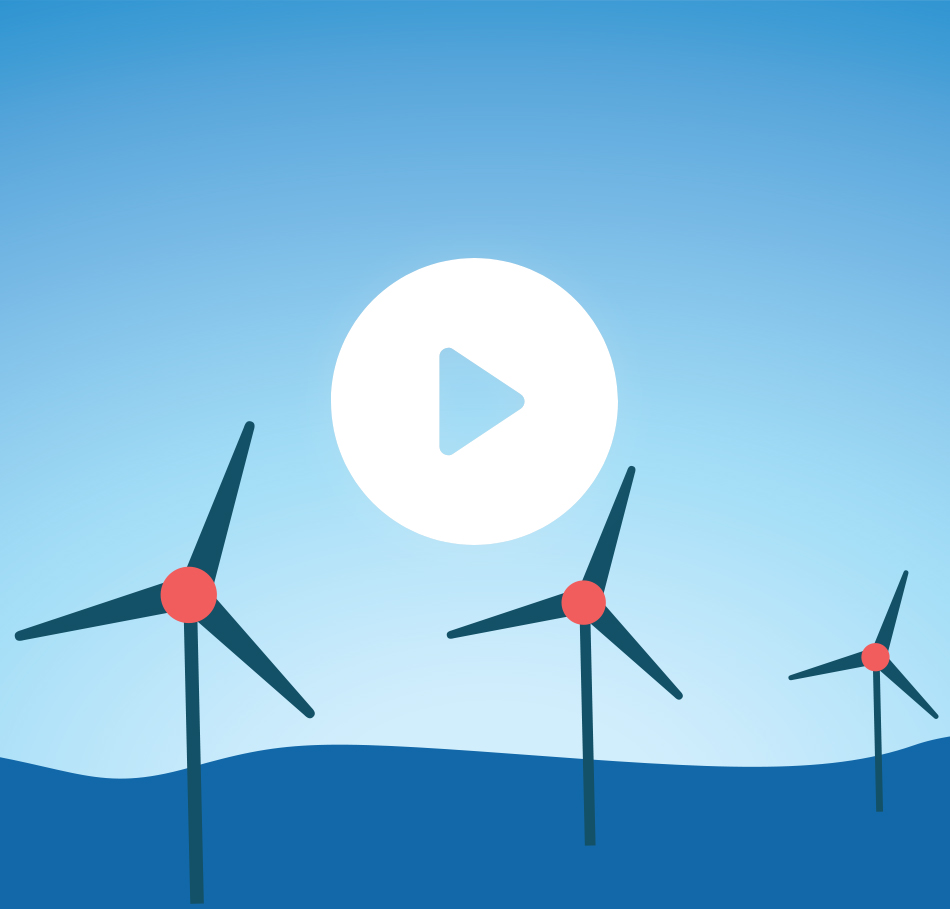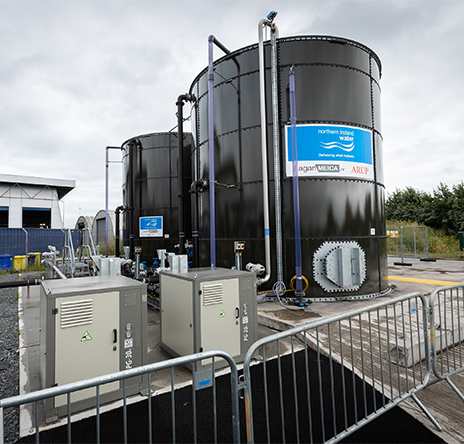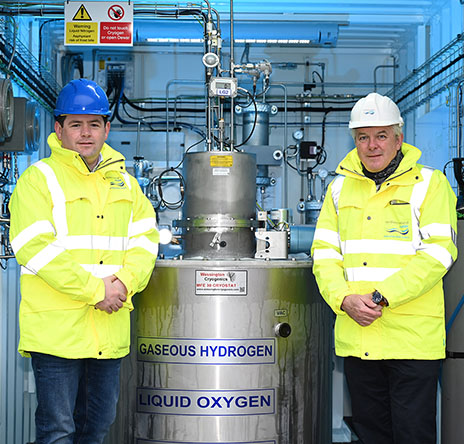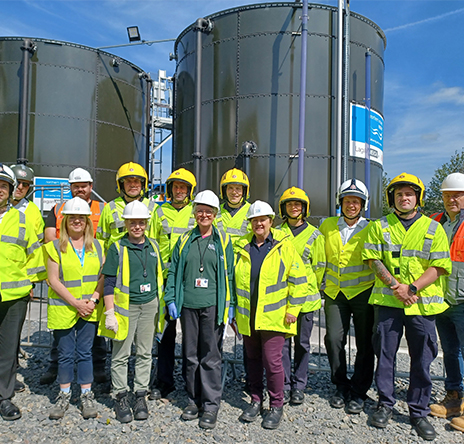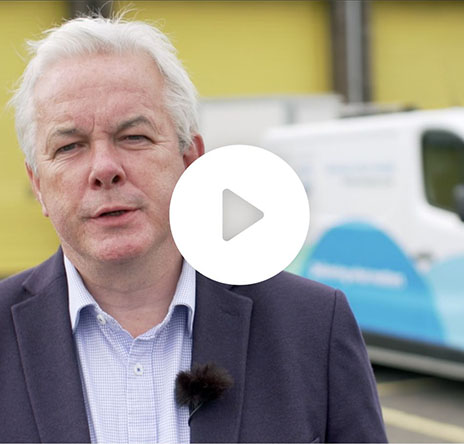NI Water is playing a leading role in the decarbonisation of transport and development of clean energy by exploring the possibility of opening up a network of green fuel stations. NI Water is uniquely placed to harness its existing large electricity connections at a waste water treatment works and to use its widely distributed sites which are close to all our economic hub towns, to explore the company’s potential to decarbonise its own fleet as well as to assist other essential service providers.
Electric Vehicles
In the first phase of decarbonising transport, fast-charging services for electric vehicles will be limited by electricity network constraints. NI Water’s grid-connected sites, located near all our major towns and benefiting from low electricity costs, will provide the fast charging necessary for our fleet. These sites may also be able to offer fast-charging facilities to other essential service vehicles in the public and private sector.
Hydrogen Vehicle Fuelling
It is expected that electric cars will be the main means in reducing harmful emissions from transport, however, it is not anticipated that lithium batteries will be the solution for large heavy vehicles that travel significant distances such as sludge tankers, longer-distance buses, tractors and HGVs, which are vital to our agri-food exports. These are much more likely to benefit from hydrogen as a fuel source.
Producing & Storing Hydrogen
Producing and storing hydrogen could be central to our decarbonisation journey in Northern Ireland. The key to producing hydrogen is accessing on-site generated renewable electricity during the day and low cost wind farm energy at night when overall electricity demand is limited. The early production of hydrogen at a wastewater treatment works could help improve processing capacity, reduce carbon emissions and improve flexibility in the electricity grid.
Electrolysis Process
Electrolysis splits water into hydrogen and oxygen. This oxygen could be used to significantly lower the amount of electricity used onsite and hence reduce one of the most expensive costs incurred in the wastewater treatment process.
Producing hydrogen is also a good fit for our society’s ambition to see renewable generation in Northern Ireland double by 2030. 85% of our green electricity comes from wind today and this is likely to remain so as renewable capacity expands. The challenge is what to do at night time when the requirement for electricity is low. Already 15% of wind generating capacity at night is curtailed. This means that expensive wind turbines are turned off. Electrolysis capacity at night time could use this surplus electricity to produce hydrogen more affordably. Rather than paying for the curtailment of wind turbines, electrolysers could be key in building wind farm investor confidence as hydrogen becomes more important.
